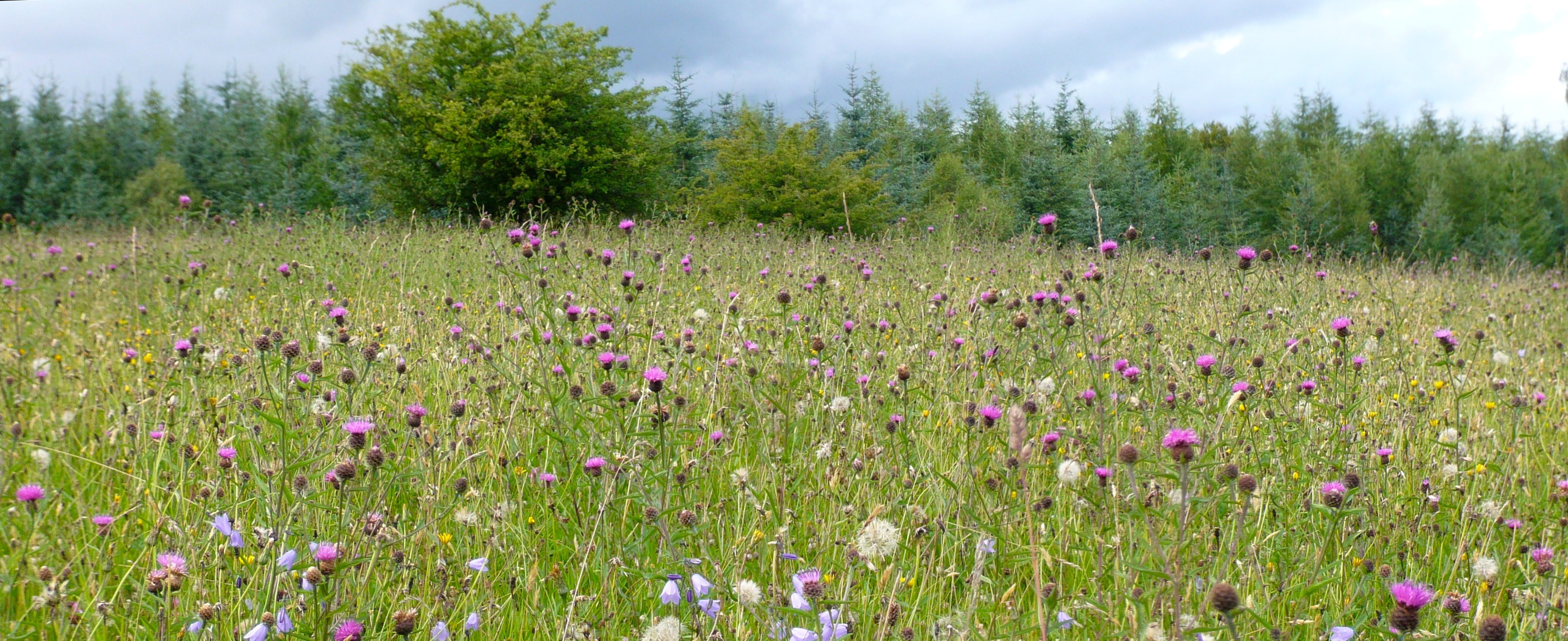So far the summer of 2015 has been abysmal for making hay up here in the Lake District. We need a good 4 to 5 days of reasonably sunny weather to dry the cut grass before baling and storing it in the barn for winter. One could, of course, buy in hay which would save a lot of work and angst but our species rich meadow hay, I believe, keep our ponies healthier than they would be on your regular rye grass hay that would be for sale. We get in a local farmer to cut, scale ( tossing the hay to speed up the drying process) and bale the upper meadows but on the lawn meadows in front of the house we cut it, scale it and bale it by hand. About half of it we scythe and the other half is cut using an old Allen type scythe mower. The hand scythe I use is from Austria, a lightweight beautifully balanced tool that is truly a delight to mow with.

Up till now we have had 2 short spells of dry weather and have needed to take the not quite dry hay into the barn and stack it on ricks until the rain passes through and the sun returns to dry it fully before storage. Ricks are simple pole A frame structures that were used extensively by crofters to make hay in the days before haylage - a cross between silage and hay - became popular. Modern farm machinery wraps the damp hay in black plastic where it slowly ferments like sauerkraut but doesn’t spoil. Haylage making has been a boon to grass farmers in damp climates such as ours. Most Lake District farmers have turned to this method and very few make proper hay any more. With a summer like this one can understand why.
Go back to all blog posts or read the next entry in our blog here →
You can also read the previous blog post here.
